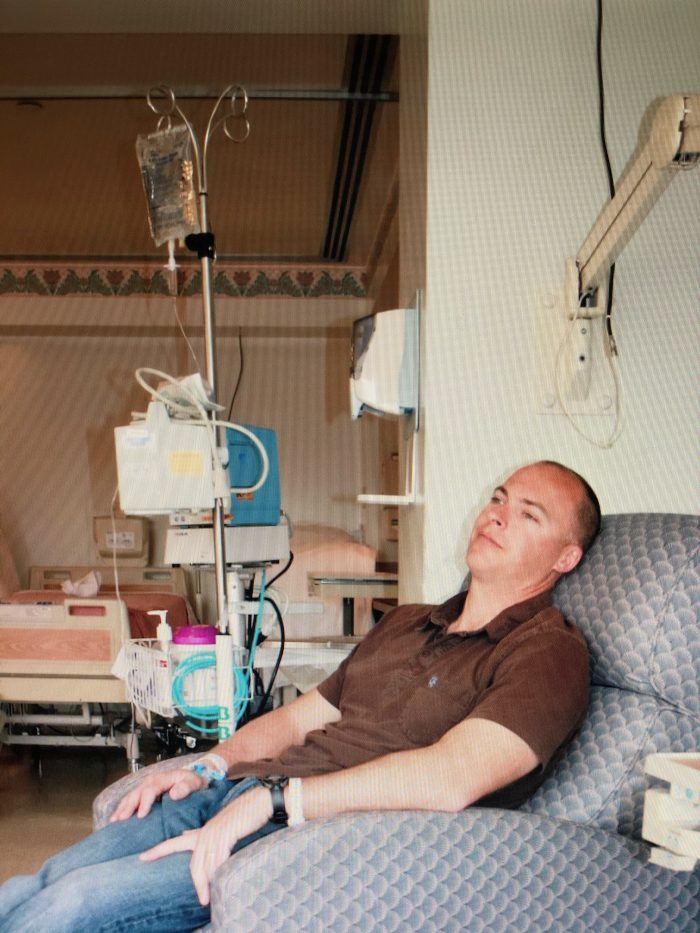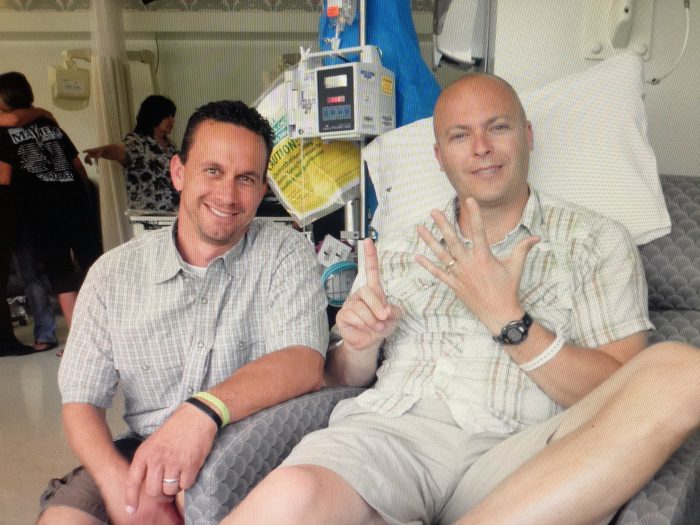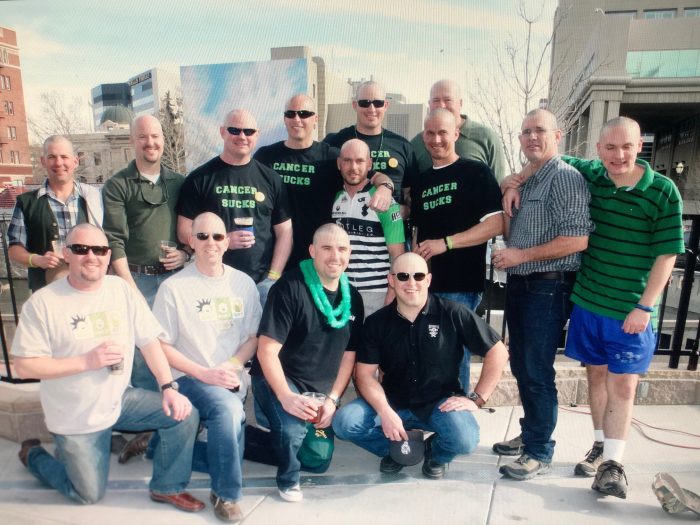It was January 29, 2010 when 34-year-old firefighter Clint Hayes heard the three words no one wants to hear: you have cancer.
It was Non Hodgkins Lymphoma to be exact, and it was a shock. Clint was a triathlete on top of his profession and was in excellent shape and health. He just had a lump on his left lymph node. This couldn’t be right, could it?
But it was all too true for this young firefighter and his family. Clint had surgery to remove the tumor and node, but that would just be the beginning of his battle.
Here’s his story:
After the surgery Clint was told he would need to go through chemo and radiation. He opted to forgo the radiation, however, which meant his course of chemo would double.
“Chemo was the sickest I have ever been in my life,” said Clint. “I would get a treatment, which sometimes lasted anywhere from 8-10 hours, and then I would have to go on 100mg of prednisone for five straight days to protect my organs from the poison.”

Clint was able to slightly recover within the three-week span between treatments, but he recalls being more nauseated than he had ever been in his life. His head and scalp burned, his teeth and gums ached and burned, and he developed sores on his gums as treatment progressed. His body hair eventually fell out as well.
“My body ached. I couldn’t sleep. My joints all hurt like nothing I had ever felt before,” he said. “I was a mess for quite a while after the sixth treatment.”

That was 11 years ago, and Clint still feels the effects of chemo. Even though the aftershocks have diminished greatly, they are a constant reminder of his experience.
“The thought of what my family and I had to endure are on my mind daily,” he said. “It took months to even remotely get back in shape and I still fight to keep up with my crew. My hair has grown back a little, but my tastebuds are still off and probably will never fully recover.”
Clint is definitely not alone. Firefighters have a 9% higher risk of being diagnosed with cancer, and a 14% higher risk of dying from it than the general population. Since 2002, occupational cancer rates and line-of-duty deaths from cancer have increased dramatically in the fire service due to carcinogens, occupational exposures and other chemicals found in smoke, including asbestos fibers, diesel engine exhaust and formaldehyde.
But this firefighter turned Captain is hopeful.
“There is a huge shift in firefighter safety and wellness and resources readily available at the click of a button,” says Clint. “We should be teaching prevention and awareness in every academy so the next generations know these things from day one.”
He also encourages family members to educate themselves on firefighter cancer rates and prevention, and has sage advice for his fellow brothers and sisters:
“If the day happens to come where you are faced with a cancer diagnosis, remember to take it one day at a time and be aggressive in your approach. Use multiple doctors if you can and rely on the networks around you for support for you and your family.”

CAN ANYTHING BE DONE?
The answer is yes. Firefighters may have an increased chance of getting cancer, but steps can be taken to reduce the risk. Learn more about modifiable cancer risks here.


